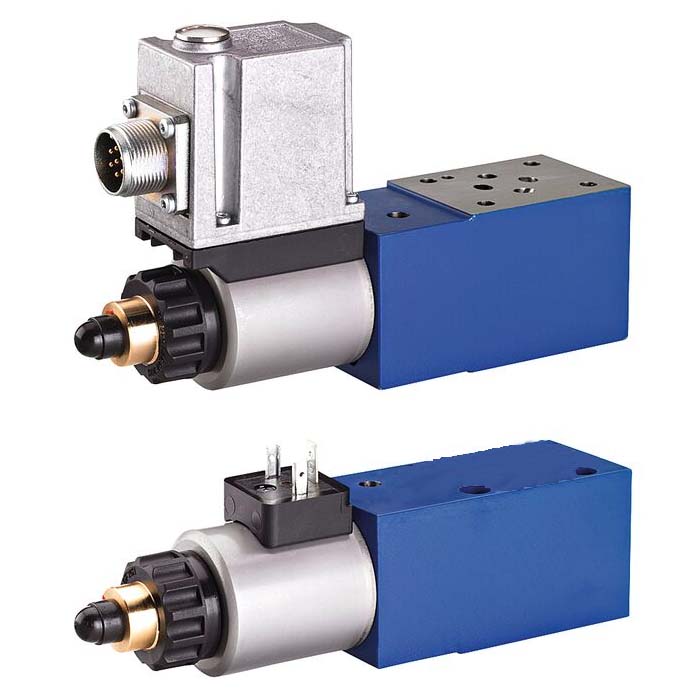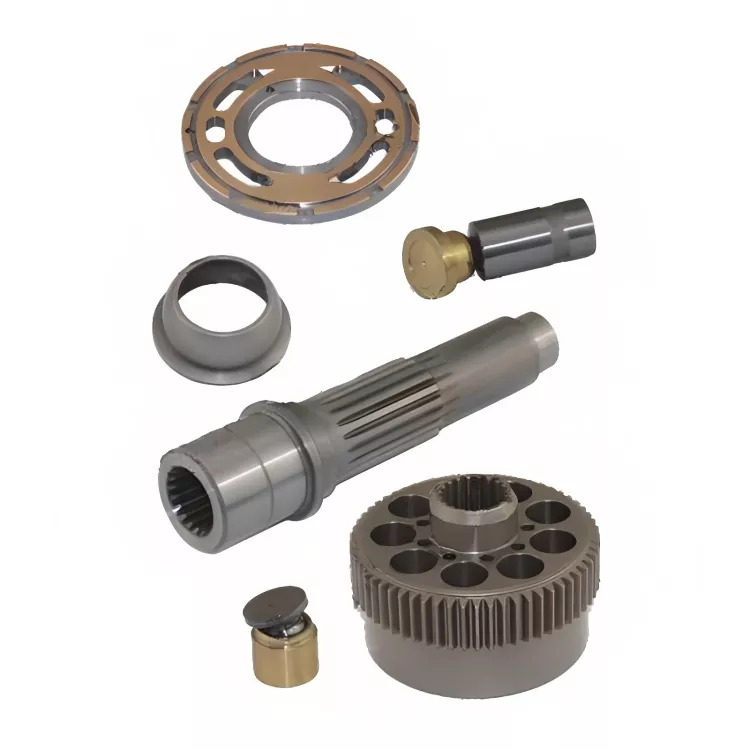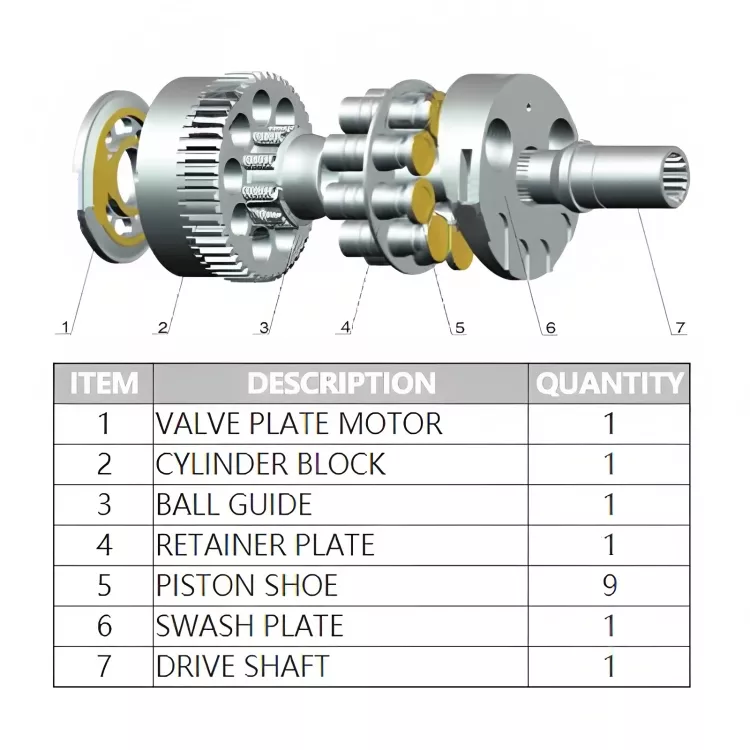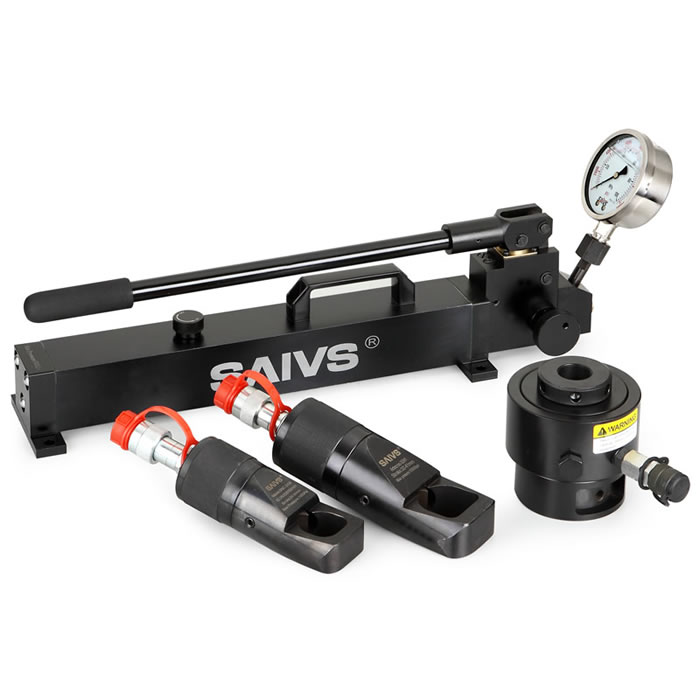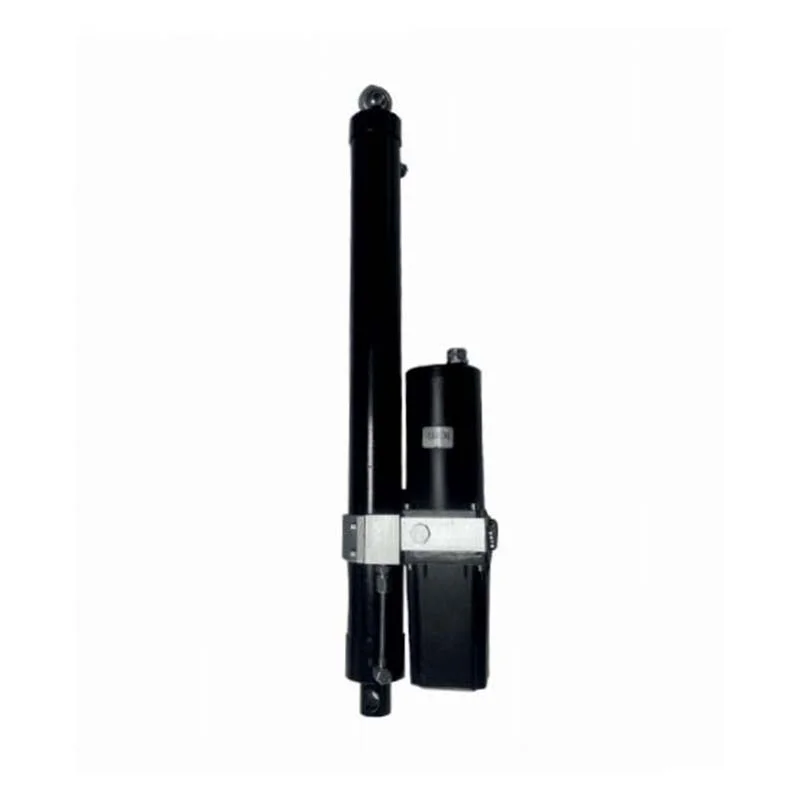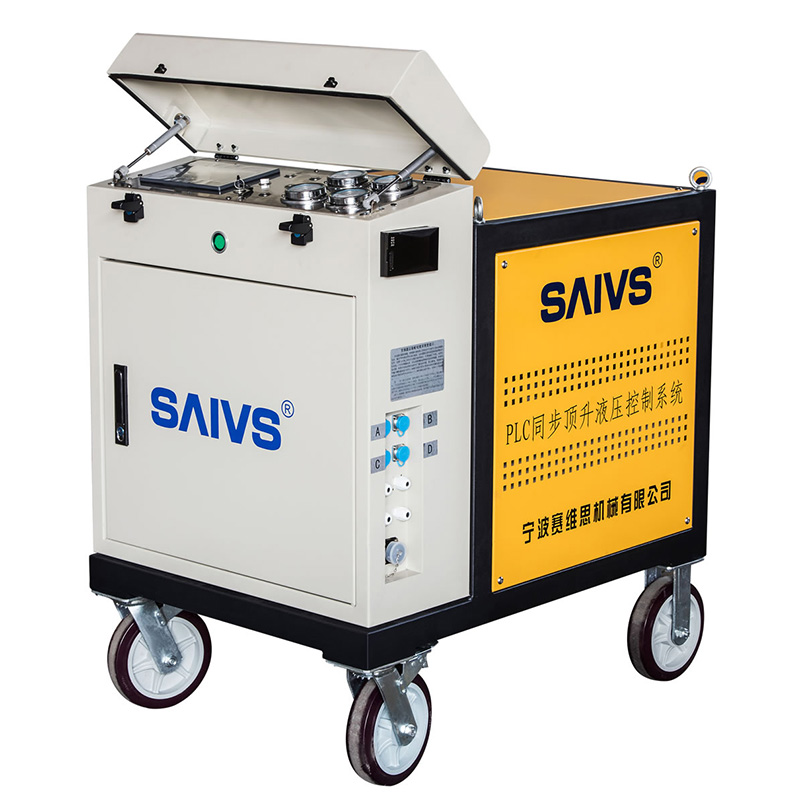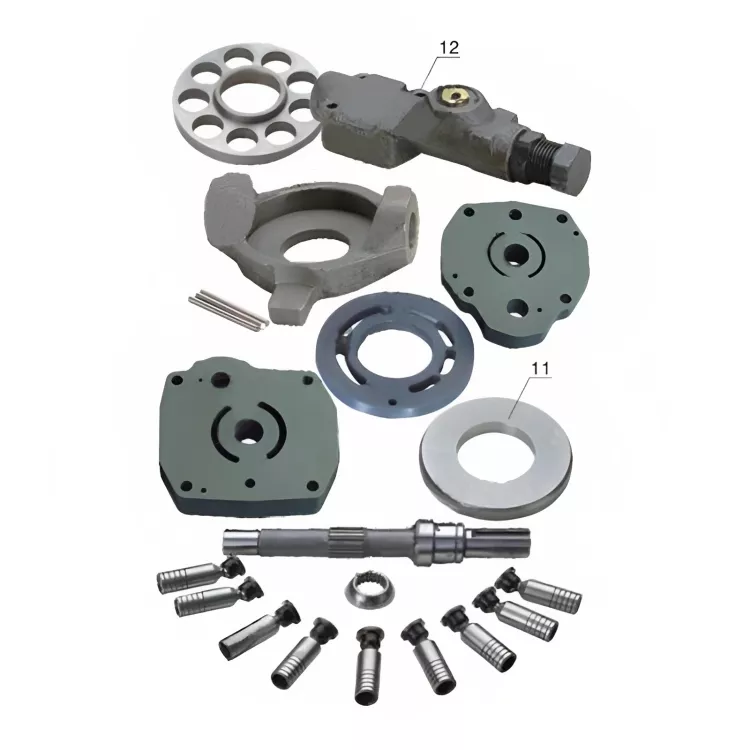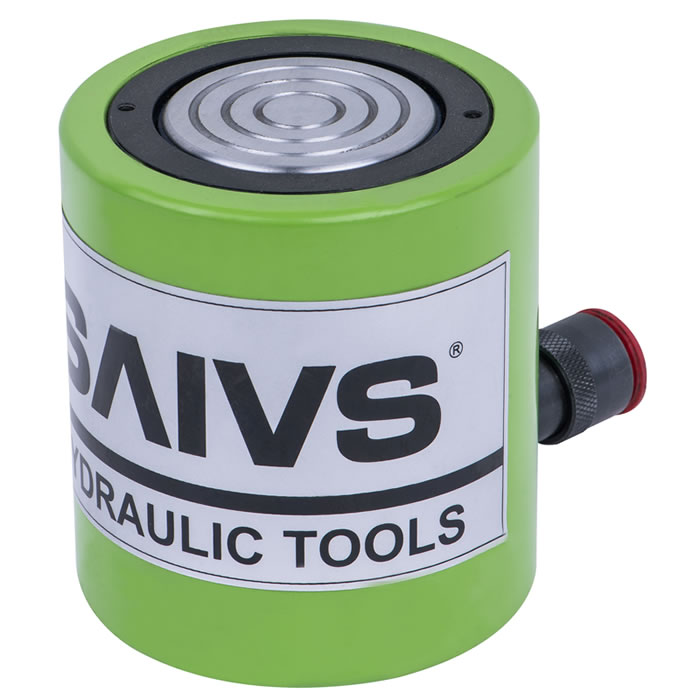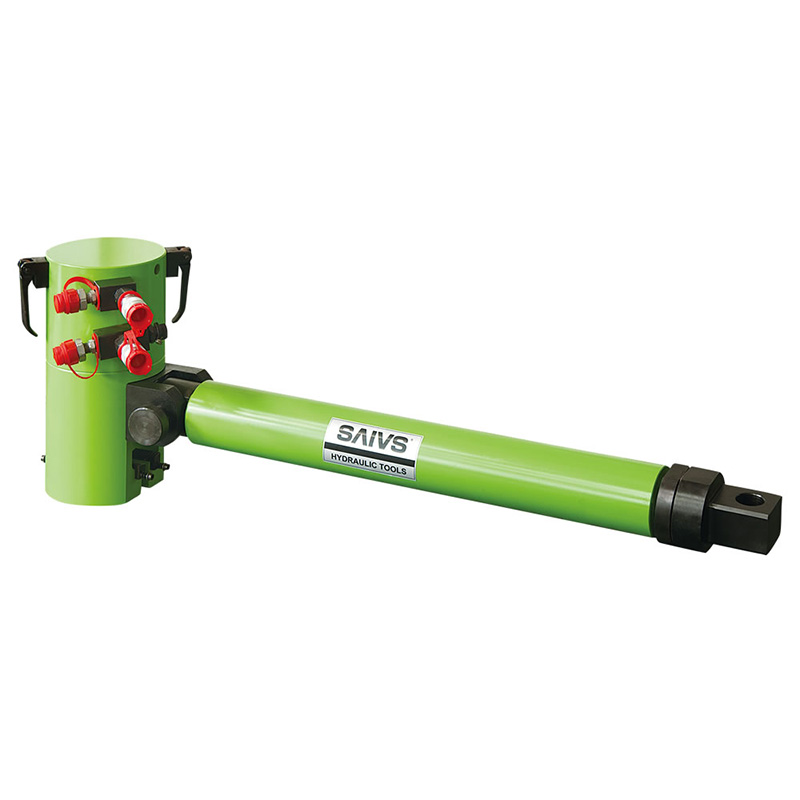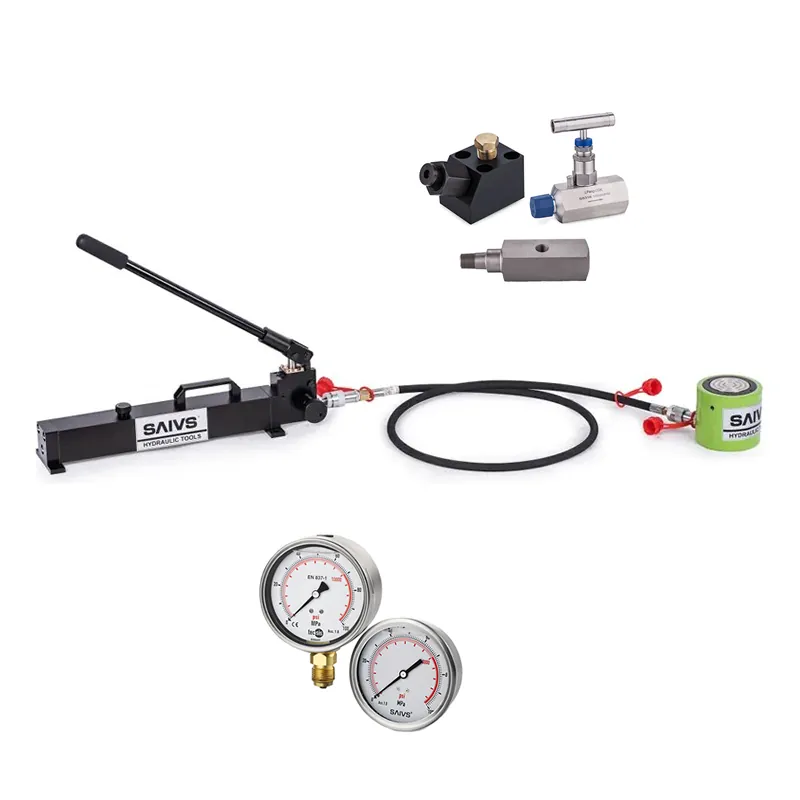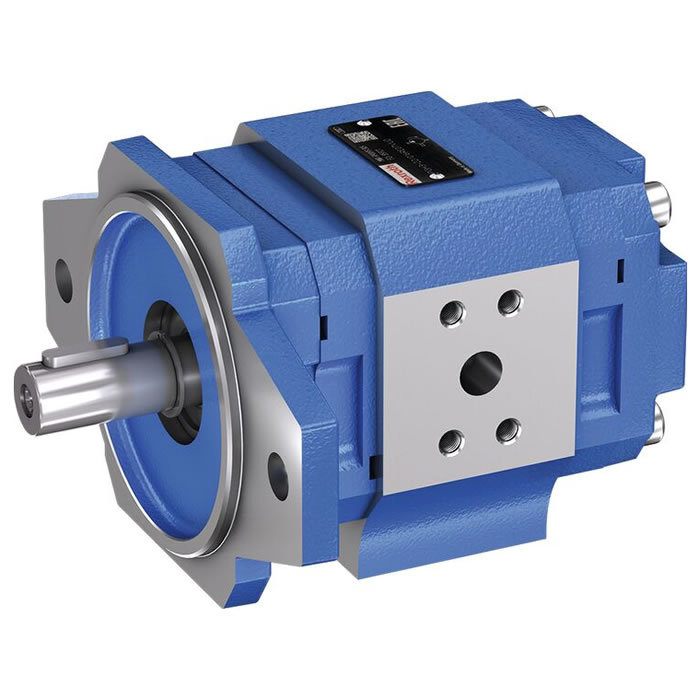Improving Pressure Stability in Proportional Pressure Relief Valves
Understanding the Basics
A proportional pressure relief valve is a crucial component in many Hydraulic Systems, serving to regulate and limit system pressure. Achieving optimal pressure stability is essential for efficient and reliable system operation. This response aims to provide a comprehensive understanding of the factors influencing pressure stability and offer practical improvement solutions.
Factors Affecting Pressure Stability
System Load Variations: Fluctuations in system load can induce pressure spikes or drops.
Fluid Temperature Changes: Variations in fluid temperature affect viscosity, thereby influencing valve flow characteristics.
Fluid Contamination: Contaminants in the fluid can accelerate valve wear, compromising sealing and increasing leakage.
Pipelining System Design: The layout, diameter, and bends in the pipeline system affect fluid flow resistance and pressure stability.
Control Algorithm: The control algorithm governing the valve directly impacts its response speed and stability to pressure changes.
Valve Design and Manufacturing Quality: The internal design, materials, and manufacturing tolerances of the valve can significantly affect its performance.
External Factors: Environmental conditions, such as vibration and shock, can also introduce disturbances.
Strategies for Enhancing Pressure Stability
System Design Considerations:
Load Balancing: Employ load distributors or accumulators to mitigate the impact of load fluctuations.
Temperature Control: Install oil coolers or heaters to maintain a stable fluid temperature.
Filtration: Use high-efficiency filters and replace filter elements regularly to ensure fluid cleanliness.
Pipeline Optimization: Design the pipeline system to minimize flow resistance and prevent cavitation.
Valve Selection and Configuration:
Flow Range: Select a valve with a flow range suitable for the system's maximum flow rate.
Pressure Range: Choose a valve capable of handling the system's operating pressure.
Accuracy: Select a valve with the required accuracy level.
Precise Control Parameter Tuning:
Proportional Gain: Avoid excessive gain to prevent oscillations and ensure a stable response.
Integral Time: A well-tuned integral time improves steady-state error but can slow down the response.
Derivative Time: Derivative action can enhance system damping but excessive derivative gain can lead to instability.
Auto-tuning: Utilize the valve's auto-tuning feature to optimize control parameters.
Maintenance and Inspection:
Regular Inspections: Periodically inspect the valve for leaks, wear, and damage.
Replacement: Replace worn or damaged components promptly.
Cleaning and Lubrication: Clean the valve and apply appropriate lubricants as recommended.
Advanced Control Techniques:
Fuzzy Logic Control: Offers robustness and adaptability to system uncertainties.
Neural Network Control: Capable of learning and adapting to changing system conditions.
Adaptive Control: Automatically adjusts control parameters based on system variations.
Additional Considerations
Valve Sizing: Ensure the valve is properly sized to handle the required flow rate and pressure.
Installation: Correct installation is crucial for optimal performance. Follow the manufacturer's guidelines.
Material Compatibility: Ensure the valve materials are compatible with the fluid to prevent corrosion and degradation.
Electrical Interference: Shield electrical components to minimize the impact of electromagnetic interference.
Conclusion
Achieving stable pressure in proportional pressure relief valves requires a comprehensive approach that addresses both system-level and valve-specific factors. By carefully considering the factors affecting pressure stability and implementing the recommended strategies, engineers can significantly enhance the performance and reliability of hydraulic systems.

